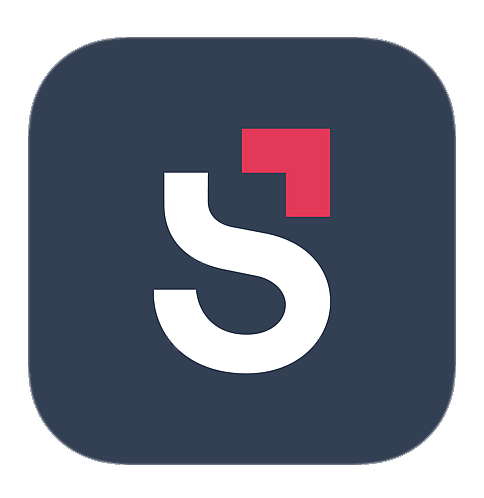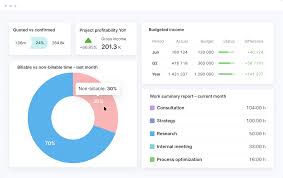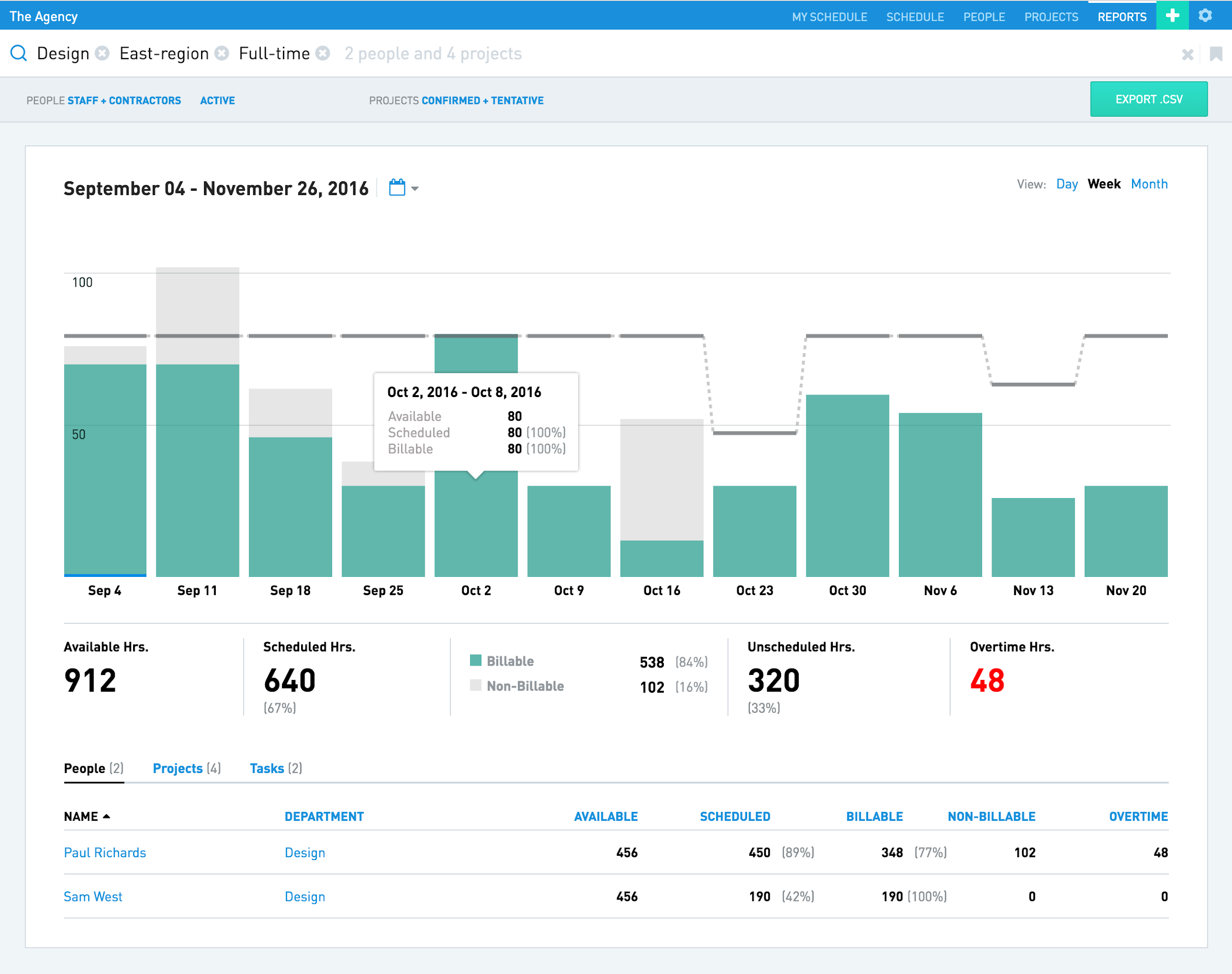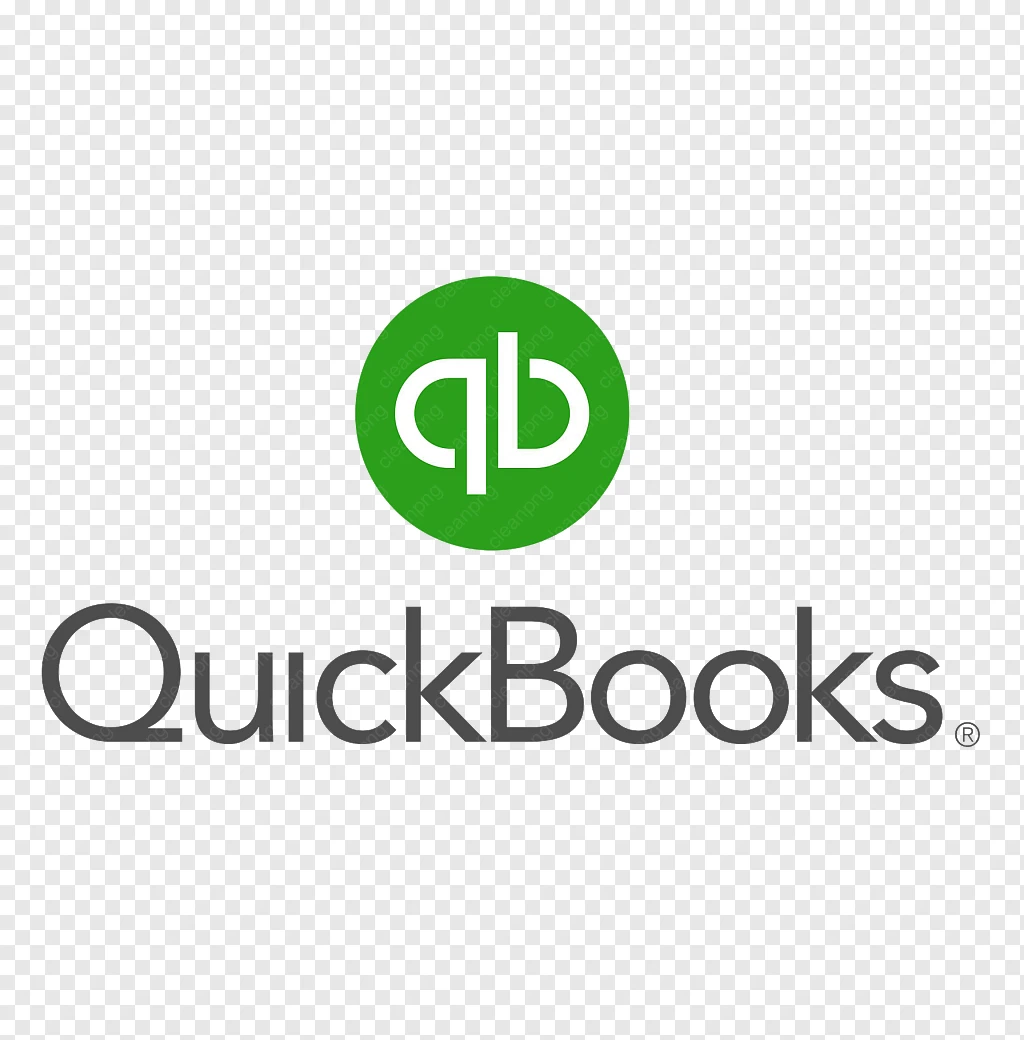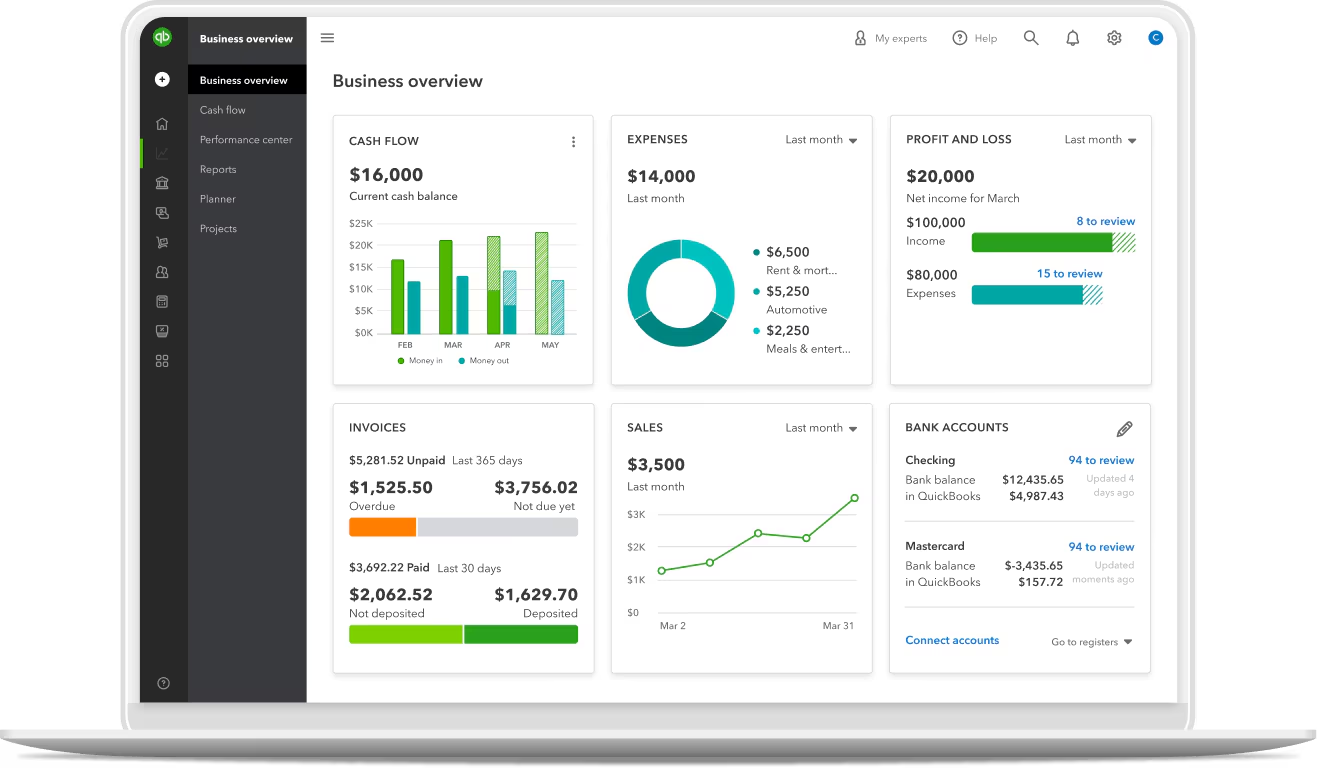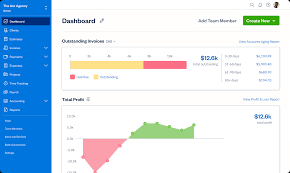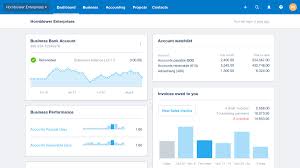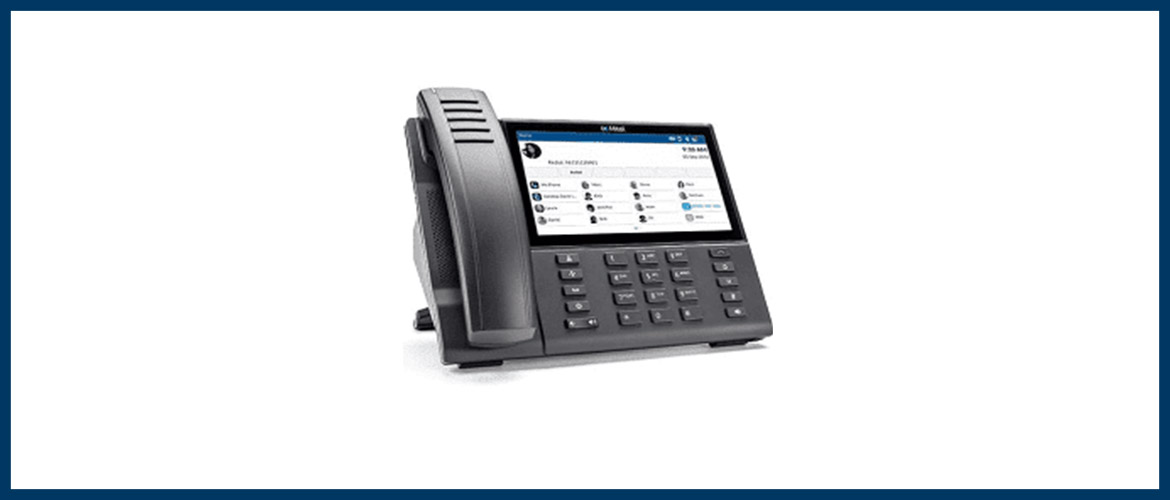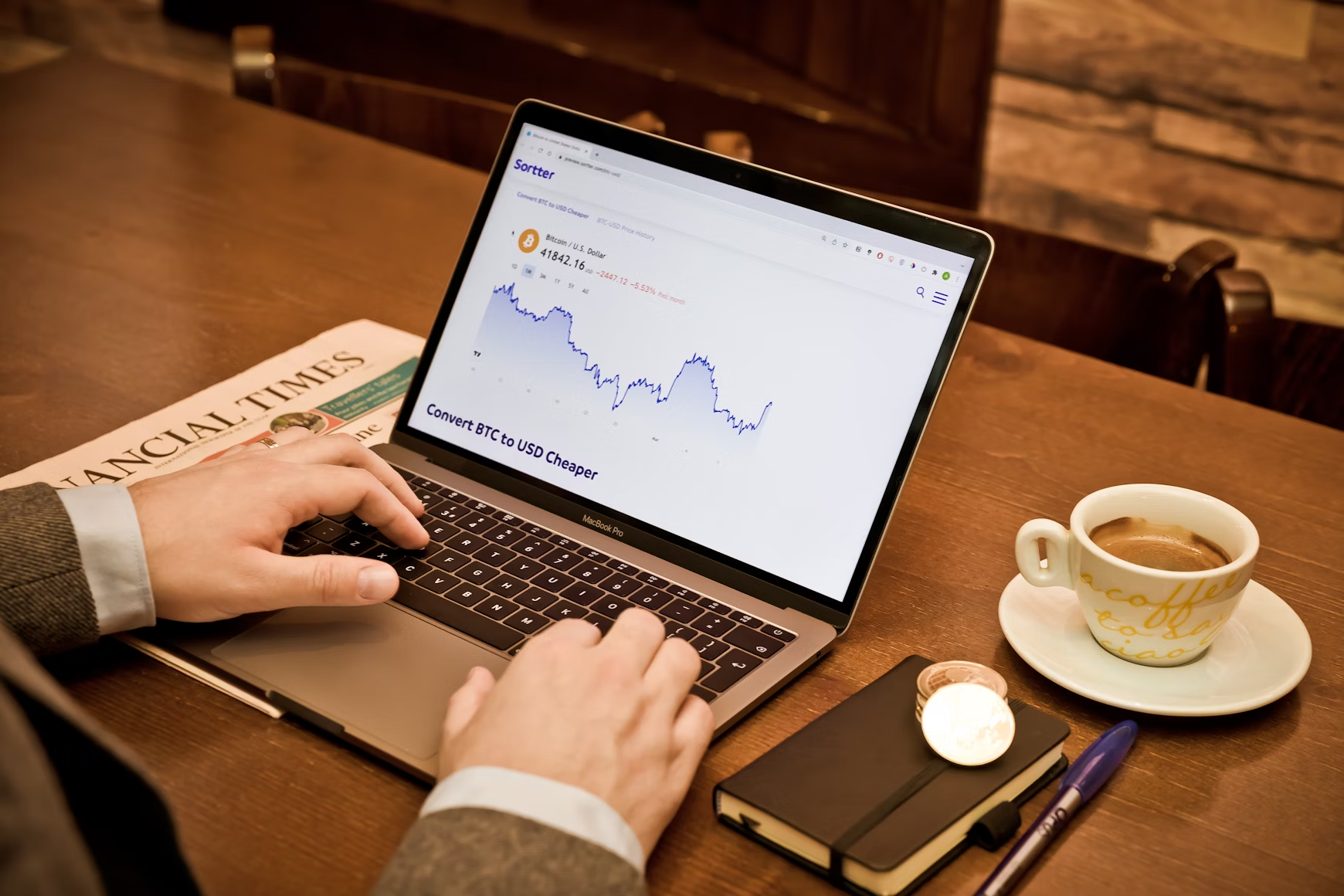
Key Takeaways
- Business budgeting software makes it easier to handle financial planning, keep track of expenses and produce reports.
- AI and automation are improving the accuracy, efficiency and ability to forecast with modern tools.
- As you select budgeting software, pay attention to how well it can be integrated, how much it can handle as your business grows, how easy it is to use, how much it can be tailored and its return on investment
- Finance leaders in the future should make sure that their tools support scenario planning, self-serve modeling and useful insights.
Introduction
By 2025, businesses of all sizes rely on business budgeting software to handle their finances, make future plans and use data to guide their decisions. Thanks to AI and automation, using these software solutions is making budgeting processes for companies more efficient and accurate than they have ever been.
What is Business Budgeting Software?
Business budgeting software is a tool that helps organizations build, manage, watch over and update their budgets. Besides simple spreadsheets, these tools include functions for tracking expenses, managing resources, making forecasts and creating reports. To help with financial planning and analysis, budgeting software brings all budgeting activities together in one place.
Benefits of Business Budgeting Software Platforms
A Business budgeting software for small business and large companies can gain many benefits from using the software.
- Automating repetitive tasks helps you save time.
- Better results and fewer mistakes made by people
- Real-time information and updates help with making better choices.
- Better teamwork among different areas of the business
- The ability to adapt to increasing business needs
- Advanced tools for data analysis and prediction
With these benefits, organizations can improve how they handle finances and learn important things for planning their future strategies.
6 Top Business Budgeting Software Tools for 2025
There are many business budgeting software tools on the market, so we have picked 15 of the best for 2025.
Scoro
All-in-one tool for managing a business that has budgeting, project cost tracking and financial reporting features.
Scoro
Designed for service-based businesses like marketing agencies, consultancies, IT companies, and professional services.
Rasons to buy
- + Comprehensive all-in-one platform
- + Real-time analytics and reporting to track profitability and resource utilization
- + Advanced customization options for workflows and reports
Possible Drawbacks
- –Moderate learning curve for mastering advanced features
- –Limited customization for certain templates
- ● Essential Plan: $26/user/month
- ● Standard Plan: $37/user/month
- ● 14-day free trial
Float
Concentrates on handling the current budget and cash and uses modeling to help companies get ready for future financial changes.
Float
Ideal for small to large organizations across industries, including agencies, consulting businesses, architecture practices, construction firms, and IT services.
Rasons to buy
- + Offers real-time cash flow forecasting
- + Over 300 integrations
- + Provides budgeting, workforce planning, and financial reporting capabilities
Possible Drawbacks
- –Desktop version usability issues
- –Pricing can escalate for larger teams
- ● Starter: $6/user/month
- ● Pro: $10/user/month
- ● 30-day free trial is available
QuickBooks
It is designed for small businesses that want to customize their budgets, forecast their finances and review detailed reports. Even though it doesn’t have the same advanced features as FP&A tools, it’s simple to use and fits well with other apps.
Quickbooks
Best for early-stage for small to medium-sized companies needing scalable accounting solutions
Rasons to buy
- + Intuitive interface with customizable dashboards
- + Automated invoicing, revenue recognition, and tax calculations reduce manual work
- + Strong integration capabilities
- + Forecasting and scenario planning features
Possible Drawbacks
- –Reliance on spreadsheets for advanced reporting
- –Potential slowdowns when handling large transaction volumes
- ● Plans range from $35/month (Simple Start)
FreshBooks
includes basic budgeting through expense tracking and project cost estimates, ideal for freelancers or small teams who need simple tools without the overhead of full financial planning software.
FreshBooks
u003cp class=u0022my-0u0022u003eIdeal for freelancers, solopreneurs, and small service-based businesses. Works well for businesses needing simple invoicing, expense tracking, and time management.u003c/pu003e
Rasons to buy
- + User-friendly interface with features like time tracking, project profitability, and client-focused tools
- + Affordable pricing with access to core features at all plan levels
- + Includes double-entry bookkeeping and professional invoicing capabilities
Possible Drawbacks
- –Lower-tier plans cap billable clients
- –Lite plan lacks bank reconciliation tools
- ● Lite: $21/month (5 clients)
- ● Plus: $38/month (50 clients)
Xero
allows you to track expenses and estimate project costs which makes it ideal for freelancers or small groups that do not need a full financial planning program.
Xero
u003cstrongu003eBest suited for:u003c/strongu003e Small businesses, accountants, and bookkeepers seeking user-friendly accounting solutions. Ideal for tech-savvy, growth-oriented businesses with limited accounting expertise
Rasons to buy
- + Real-time financial data access
- + Customizable budgeting tools
- + Offers predictive analytics for future planning
Possible Drawbacks
- –Limited payroll features in certain regions
- –Lack of direct phone support
- ● Monthly subscriptions available from $20 to $80
Planful
The platform is designed to simplify FP&A tasks and is especially good at budgeting, consolidating data, forecasting and running what-if scenarios.
Planful
Ideal for small to medium-sized businesses, SaaS companies, and organizations with subscription or usage-based revenue models. Best suited for FPu0026amp;A teams needing scalable, collaborative financial tools.
Rasons to buy
- + Pre-built templates, automated reporting, and intuitive collaboration
- + Scenario modeling to assess financial impacts and risks
- + User-friendly onboarding
Possible Drawbacks
- –High implementation time
- –Complex template setup
- ● Tiered pricing based on company size
- ● Discounts available for volume
All these tools are suitable for different types of businesses and their needs. It’s important to analyze what your organization needs and what is most important to you while choosing the right business budgeting software.
How to Choose the Best Business Budgeting Software for You
When selecting budgeting software, consider the following factors:
- The ability to connect with other systems already in use
- Being able to grow as your business expands
- Simple to use and easy to learn
- Settings that fit your industry’s needs
- Reporting and analytics are included.
- Collaborative functionalities
- How much it costs and how much is earned
Analysis of these factors will help you discover the solution that best suits your organization.
The Role of AI and Automation in Modern Budgeting Tools
AAI and automation are improving the way budgeting software works.
- Using technology to handle and input data
- Offering financial information in real time
- Using predictive analytics to improve how we forecast
- Catching mistakes by using anomaly detection
- Using natural language processing to simplify data search.
Thanks to these advances, businesses have access to the right financial information to help them make more informed decisions.
Future Trends
With new technology coming out, some key trends are appearing in budgeting software.

- More and more, generative AI is being used to analyze difficult data sets.
- Advanced financial information provided in real time
- Better predictive powers
- More focus on working together when creating the budget
- Using machine learning to keep improving our platform
Organizations that monitor these trends are better able to use the most up-to-date ways to handle their finances.
Insights for Next-Gen Finance Leaders
FIf you are a finance leader considering modern budgeting software, here are some important tips:
- Pick tools that easily connect with the systems your business uses now.
- Give preference to solutions that have good data governance and security.
- Find software that helps you perform scenario planning and consider different outcomes.
- Opt for platforms that allow you to model your data on your own.
- Assess tools by how much useful information they give you
Remembering these factors allows finance leaders to pick the most suitable business budgeting software for their company.
Conclusion
With markets constantly shifting, companies now require better budgeting software than ever before. Leading financial solutions in 2025 will include strong features, easy-to-use interfaces and AI to guide businesses in making good financial decisions and remaining competitive. Using these latest tools, companies can manage their budgets more efficiently, discover useful insights and ensure their continued growth.

